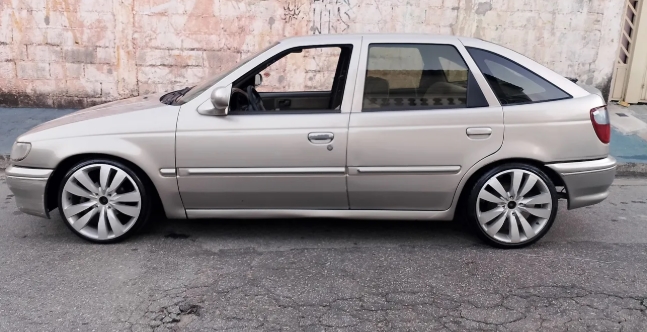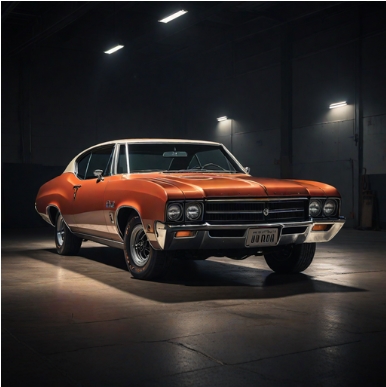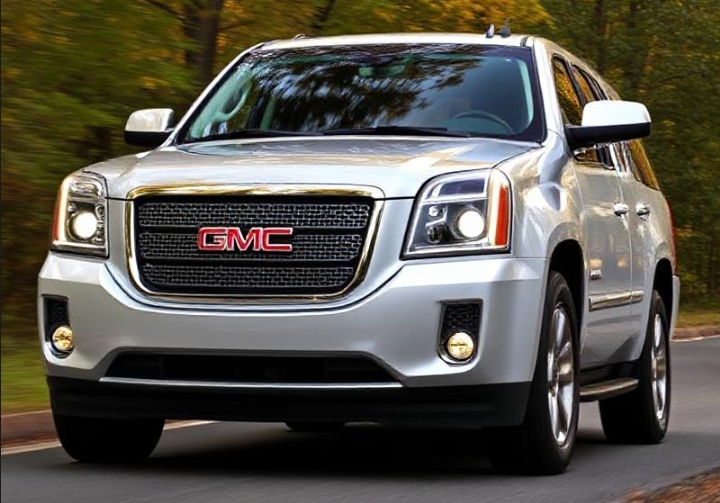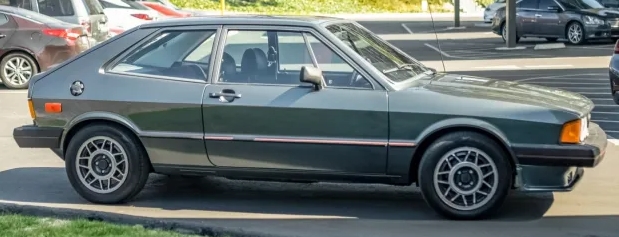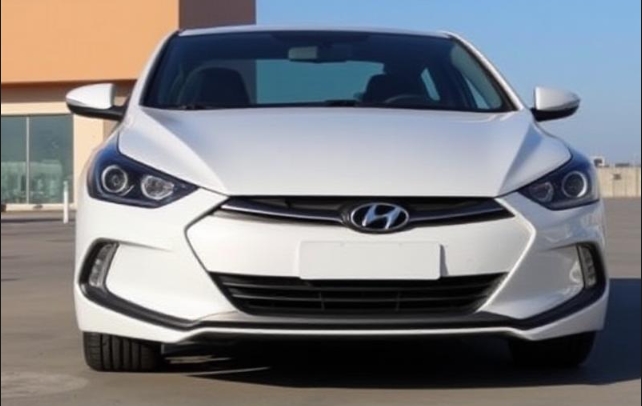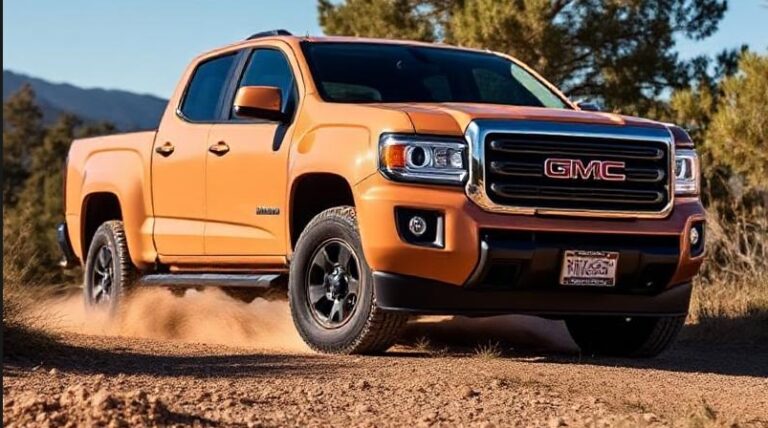The People’s Car, Reimagined: The Complete History of the Volkswagen Pointer
In the vast and varied encyclopedia of automotive history, some nameplates become global icons, while others shine brightly as regional champions, perfectly tailored to the needs of a specific market. The Volkswagen Pointer is a prime example of the latter. While the name was used briefly on different vehicles in different South American countries, its most enduring and significant legacy belongs to the car sold in Mexico from the late 1990s to the late 2000s. This vehicle was not a unique model from the ground up, but rather a rebadged version of the wildly successful Brazilian Volkswagen Gol.
The story of the Pointer is the story of Volkswagen’s Latin American ingenuity. It’s a tale of replacing a legend, adapting to economic realities, and creating a new workhorse for a generation. This is the evolution of the Volkswagen Pointer, a durable, simple, and beloved car that became the spiritual successor to the original Beetle in the hearts of millions.
Context: The End of the Beetle Era and the Rise of the Gol
To understand the Pointer, one must first understand the car it was based on: the Volkswagen Gol. By the late 1970s, Volkswagen do Brasil, the company’s Brazilian subsidiary, recognized that the reign of the air-cooled, rear-engined Beetle (known as the Fusca in Brazil) could not last forever. They needed a modern, water-cooled, front-wheel-drive successor that retained the Beetle’s core tenets: affordability, reliability, and mechanical simplicity.
The result was the Gol, launched in 1980. Its first generation (G1) was a robust and capable car that, over its 14-year production run, established itself as the best-selling vehicle in Brazil. It was this platform’s success that paved the way for its much-improved successor.
In 1994, Volkswagen do Brasil launched the second-generation Gol (G2). Known affectionately as the “Gol Bolinha” (little ball) for its rounded, bubbly design, it was a quantum leap forward. It featured a more aerodynamic body, a vastly improved interior, and a modern transverse engine layout. It was this car that would soon make its way north to Mexico and be christened the Volkswagen Pointer.
.
THIS is GOOD stuff if your car is in need:

.
The First Generation: The Pointer Arrives in Mexico (1998-2005)
By the mid-1990s, the classic VW Sedan (Beetle) was still being produced in Puebla, Mexico, but its design was ancient. Volkswagen de México needed a modern, entry-level vehicle to compete with newcomers like the Chevrolet Chevy (Opel Corsa) and Nissan Tsuru (Sentra B13). They found their answer in the Brazilian Gol G2. Imported from Brazil starting in late 1997 for the 1998 model year, the car was introduced to the Mexican market as the Volkswagen Pointer.
Phase 1: The Original “Bolinha” (1998-1999)
The initial Pointer models were direct copies of the Gol G2. They were characterized by their smooth, rounded lines and simple, durable interiors. The car was an immediate success, lauded for its robust chassis and the reliable, powerful-for-its-class engine.
- Models Offered:
- Pointer 3-Door Hatchback: The sporty, entry-level offering.
- Pointer 5-Door Hatchback: The practical family choice.
- Pointer Wagon: A rebadged VW Parati (the Gol station wagon), offering significant cargo space.
- Pointer Pick-up: A rebadged VW Saveiro, a small and incredibly sturdy utility truck that became a favorite for small businesses.
- Trim Levels and Specifications:
- Pointer Base: The no-frills workhorse. It typically came with unpainted black bumpers and side mirrors, steel wheels with no hubcaps, and a very basic interior with manual windows and no air conditioning.
- Pointer Comfort: The mid-range trim. It added amenities like a basic radio, partial cloth seats, and sometimes, optional air conditioning and power steering. Bumpers were often body-colored.
- Pointer Luxe: The top-tier trim. This version included features like power steering, air conditioning as standard, better quality cloth upholstery, full wheel covers or alloy wheels, and sometimes fog lights.
The sole engine offered in these initial years was a longitudinally-mounted 1.8-liter SOHC 8-valve inline-four. This fuel-injected engine, a tried-and-true VW power plant, produced approximately 98 horsepower and was mated exclusively to a 5-speed manual transmission. Its straightforward design made it easy and cheap to maintain, a key selling point.
Phase 2: The G3 Facelift and the Golden Age (2000-2005)
For the 2000 model year, the Pointer received its first and most significant update, mirroring the Gol’s “G3” facelift in Brazil. Although it was still based on the G2 platform, the G3 was a comprehensive cosmetic and interior redesign. The exterior featured sharper, more angular headlights, a new grille, and redesigned taillights, giving it a more modern and aggressive look aligned with Volkswagen’s global design language of the era (seen in the Passat B5 and Golf Mk4).
The interior was the most dramatic improvement. The dated, hard-plastic G2 dashboard was replaced with a completely new design featuring better ergonomics, higher-quality materials, blue instrument backlighting, and a more sophisticated feel. This update elevated the Pointer from a purely utilitarian vehicle to a genuinely desirable compact car.
- Models Offered: The 3-door, 5-door, Wagon, and Pick-up body styles continued.
- Trim Levels (Revised):
- Pointer Base: Remained the entry-level option, though now with the updated interior.
- Pointer Comfortline: Replaced the “Comfort” trim, typically including A/C, power steering, and body-colored mirrors and bumpers.
- Pointer Trendline: The new high-end trim, featuring power windows, central locking, alloy wheels, and premium interior fabrics.
- Pointer GTI: Introduced in 2000, this was the performance variant. The GTI was exclusively a 3-door hatchback and represented the pinnacle of the Pointer line. It featured a larger 2.0-liter 8-valve engine producing around 120 horsepower. Cosmetically, it was distinguished by unique 15-inch “Indianapolis” alloy wheels, fog lights, a subtle body kit, a rear spoiler, a leather-wrapped steering wheel, and sport seats with red accents. The Pointer GTI became an instant cult classic among young enthusiasts.
A budget-oriented model called the Pointer City was also introduced later in this period, often featuring the pre-facelift G2 interior to reduce costs, acting as a bridge between the classic Beetle and the modern Pointer line.
This G3-based era is widely considered the Pointer’s golden age in Mexico. It offered a model for every need and budget, from the utilitarian Pick-up to the sporty GTI, all underpinned by a reputation for mechanical toughness.
The Second Generation: The Cost-Cutting Era (2006-2009)
In Brazil, Volkswagen faced increasing competition and sought to reduce the production cost of the Gol. The result was the “G4” facelift, introduced for the 2006 model year. This update was brought to Mexico, marking the beginning of the second-generation Pointer.
Unlike the substantive G3 update, the G4 was widely seen as a step backward in quality. While the exterior received another facelift with large, circular headlights and a prominent V-shaped grille, the critically acclaimed G3 interior was discarded. In its place was a new, far simpler dashboard made of hard, single-piece plastics with basic circular vents and a simple instrument cluster. The move was purely a cost-cutting measure, and it alienated many loyal customers who had appreciated the premium feel of the previous generation.
- Models Offered: The core lineup of 3-door, 5-door, Wagon, and Pick-up continued for a time, though the offerings were streamlined toward the end of the run.
- Trim Levels:
- Pointer City: Firmly established as the absolute base model, lacking almost all creature comforts.
- Pointer Base: A slight step up, sometimes including power steering.
- Pointer Trendline: The “fully equipped” model, which now had features that were mid-range in the previous generation.
- Pointer GT: The GTI model was discontinued, replaced by a GT trim. This was largely a cosmetic package, using the standard 1.8L engine but adding alloy wheels, fog lights, and sporty decals to mimic the excitement of the old GTI without the added performance.
The engine remained the reliable 1.8-liter inline-four, but the perception of the car had changed. It was now competing against more modern designs from other manufacturers. Sales began to decline as the Pointer’s age and cost-reduced interior became more apparent.
The End of an Era and the Pointer’s Legacy
By 2009, the Pointer’s journey in Mexico came to an end. Volkswagen had launched the all-new Gol G5 in Brazil—a completely new car on a modern platform (the PQ24, shared with the Polo and Fox). Volkswagen de México decided to import this new vehicle, but dropped the “Pointer” nameplate, simply calling it the Volkswagen Gol.
The Pointer was officially discontinued. Over its 11-year run, it had carved out a formidable legacy. For many, it was their first car. For small businesses, the Pointer Pick-up was an indispensable tool. It was a vehicle that could withstand the rigors of Mexico’s varied roads, from bustling city centers to rough rural tracks. Its simple mechanics meant anyone with a basic set of tools could keep it running, much like the original Beetle it had effectively replaced.
Today, thousands of Pointers still roam the streets of Mexico. They are a testament to a successful automotive strategy: taking a proven, robust platform and tailoring it perfectly to the tastes and needs of a specific market. While it may have been a Brazilian Gol by birth, for a generation of Mexican drivers, it was, and always will be, the tough, loyal, and unforgettable Volkswagen Pointer.
